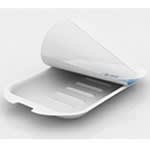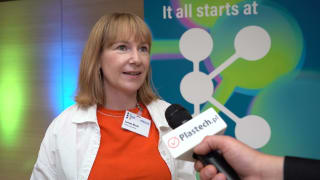 By developing cellulose packaging material to be used in atmosphere packaging techniques, the European Adcellpack consortium is aiming to create an alternative to the use of oil-based packaging materials in food packaging, especially for cheese. The need for the development work arises from the increasing amounts of non-renewable oil-based packaging waste.
By developing cellulose packaging material to be used in atmosphere packaging techniques, the European Adcellpack consortium is aiming to create an alternative to the use of oil-based packaging materials in food packaging, especially for cheese. The need for the development work arises from the increasing amounts of non-renewable oil-based packaging waste.Centros Comerciales Carrefour, Distribuciones Juan Luna, Papelera de Brandia, Elastopoli Oy, Skymark and VTT Technical Research Centre of Finland, with ITENE as coordinator, will develop a new renewable solution that will maintain the freshness of a product and assure its food contact safety.
Life-style changes and the need for product differentiation have put pressure on the quality and sales appeal of food packaging. This has increased the amount of packaging material. At the moment, most food packaging material is of non-renewable, oil-based origin. According to EUROSTAT, domestic plastic packaging waste in Europe amounts to more than 15 million tonnes, of which 40% is disposed of and not recovered or recycled.
In order to increase the amount of bio-based food packaging materials, the European Adcellpack consortium is developing a thermoplastic wood-fibre-based packaging material for trays used primarily in packages of sliced cheese.
The new material will be designed to suit Modified Atmosphere Packaging (MAP). The MAP technique is widely used for the preservation of fresh foods because it offers the product an increased shelf life. In this packaging technique, atmospheric air inside the package is replaced with the desired gas mixture. Common MAP packaging structures are based on non-renewable multilayer materials which are difficult to recycle.


